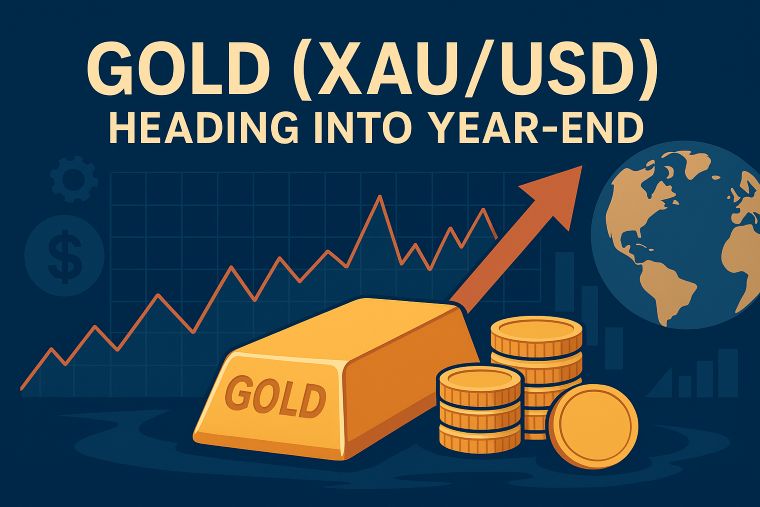3 min to read
The USDJPY pair experienced a decline
falling to the mid-142 yen range as renewed selling pressure emerged.

“In the recent analysis of the New York forex market, the USD/JPY pair faced a decline, settling in the mid-142 yen range. Renewed selling pressure became apparent, breaking through the crucial 200-day moving average at approximately 142.70 yen”
This downward movement was spurred by the downward revision of the third-quarter US GDP, intensifying the selling momentum amidst a notable drop in US equities on the preceding day. This reflects a persistent trend of investors seeking refuge in the safe-haven yen. Despite initial expectations of a potential weakening of the yen towards 145 yen, following the Bank of Japan’s recent decision, the currency fell short of reaching that level. Instead, it experienced a loss of momentum, finding support around 142.70 yen, marked by the 200-day moving average. As the market anticipates potential developments in the coming days, concerns about downside risks persist.
Notwithstanding numerous cautionary statements from FOMC members, market sentiment is factoring in a cumulative 1.50% cut in Federal Reserve interest rates next year. The expectation of a US rate cut is exerting upward pressure on the USD/JPY pair.
In this scenario, some market participants are contemplating the possibility of a rate cut as early as March, with short-term financial markets pricing in the probability at around 48%. However, there are dissenting opinions suggesting that these expectations may be overly optimistic. The market’s anticipation of over five US rate cuts signals a narrative not of a soft landing but rather an expectation of an impending economic downturn.
In contrast, the Euro-to-Dollar pair experienced a resurgence in buying interest, reclaiming the mid-$1.10 level. Despite the ECB’s efforts to temper expectations of an early rate cut, market sentiment remains steadfast. With the Euro-to-Dollar entering the $1.10 range, reports indicate the accumulation of sell orders.
Nevertheless, there is a growing expectation among technical analysts for an upward movement. The recent daily chart reveals a cup-and-handle formation, a classic bullish sign prompting recommendations for initiating long positions. However, from a fundamental perspective, caution is warranted against unwarranted Euro strength compared to the Dollar. The disparate economic outlooks, with a robust US economy and sluggish growth in the Eurozone coupled with declining inflation, necessitate prudence.
While the Pound exhibits strength against the Dollar, it faced a decline against the Euro, signaling resistance to upward movements. The previous day’s UK Consumer Price Index (CPI), falling below market expectations, has heightened expectations for an early rate cut, impacting the Pound’s upside potential.
In the short-term financial markets, there is a prevailing view that a rate cut could commence as early as March. The economic landscape may undergo significant changes by this time next year, with over 10% of market participants speculating a policy interest rate below 4.00% by the end of next year. The current policy interest rate stands at 5.25%, and with increments of 0.25%, this projection implies up to five rate cuts next year.
The recent UK CPI, revealing unexpected declines in core inflation and service inflation – closely monitored by the Bank of England – is interpreted by some as indicative of diminishing inflationary pressures. However, despite a year-on-year comprehensive inflation rate of 3.9%, suggesting a still elevated level, achieving the Bank of England’s 2% target remains a considerable distance away.
Visit XM Official Website.

